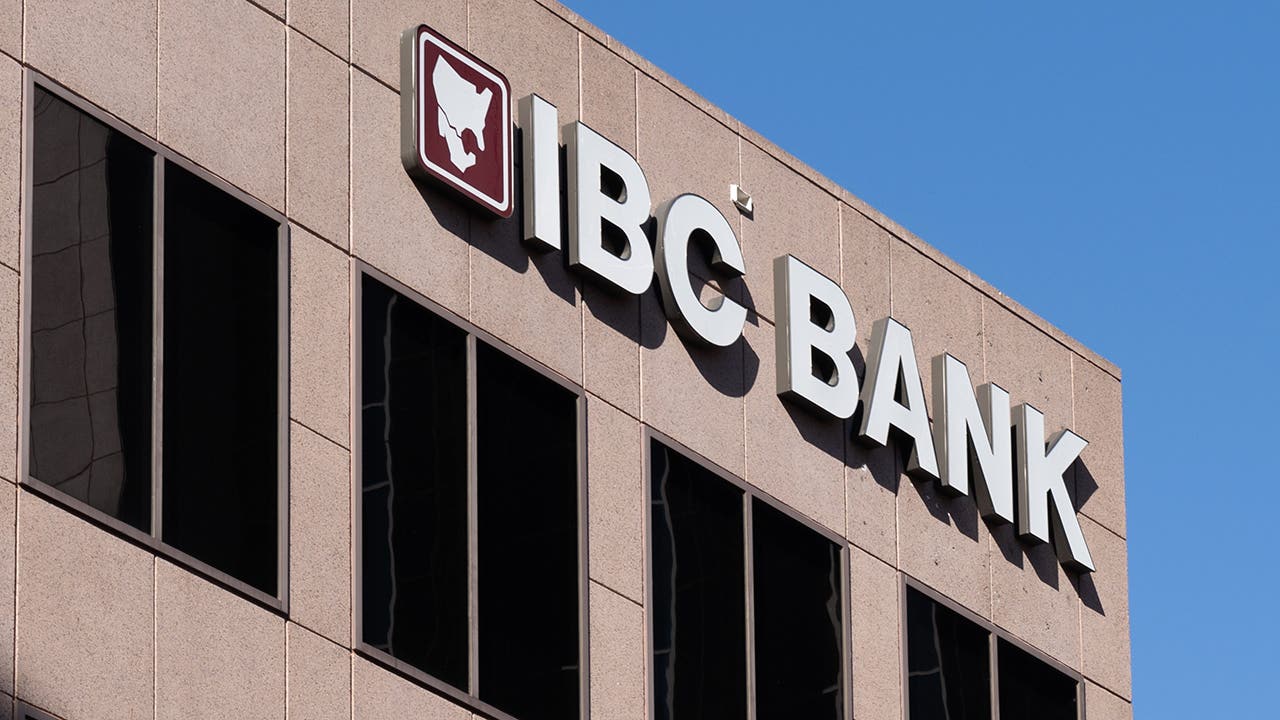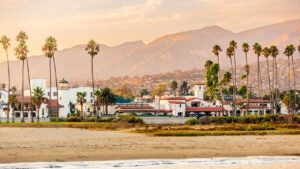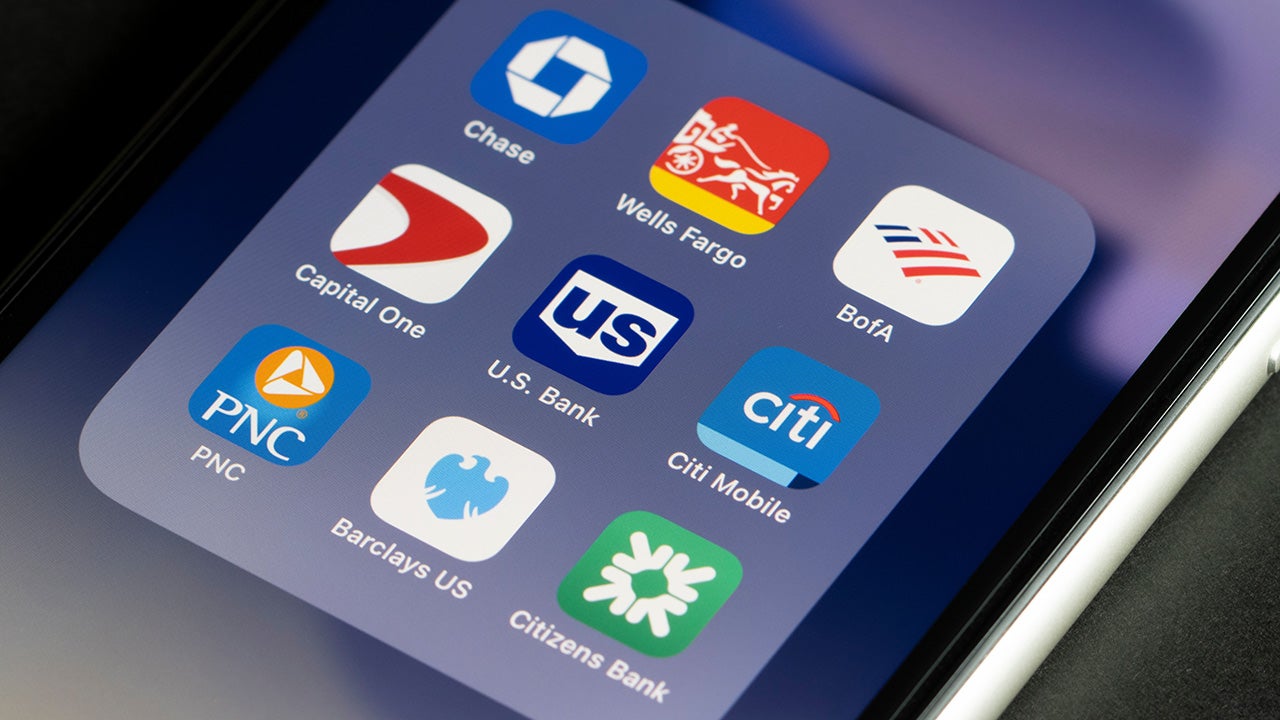What are Hispanic American-owned banks and how can you support them?

Hispanic and Latino people make up the largest minority demographic in the United States, at 18.9 percent of the population, according to the Census Bureau. Defined by the U.S. Office of Management and Budget, Hispanic or Latino people are those descended from Cuban, Mexican, Puerto Rican, South or Central American or other Spanish origins.
Hispanic American-owned financial institutions generally focus on the needs of Hispanic and Latino people in the United States, providing essential banking services to help people of this demographic and community open bank accounts, take out loans, invest for retirement and more.
According to the Federal Deposit Insurance Corp. (FDIC), there are 31 Hispanic American-owned banks across the United States as of March 2022. Here is more information about what they are and their importance in the banking sector.
What is a Hispanic American-owned bank?
The FDIC classifies Minority Depository Institutions, or MDIs, as financial institutions in which the majority of owners or board members are minority individuals. These financial institutions may also serve predominantly minority communities. Hispanic American-owned institutions make up one category of MDIs.
Of the 31 banks in the U.S. that the FDIC classifies as Hispanic American-owned, the institution with the most assets is Popular Bank, which is based in Puerto Rico and has locations throughout the Caribbean, United States and Latin America. Its current total asset size is about $58.6 billion.
Meanwhile, the four largest U.S. banks each have over $1 trillion in assets, with the largest — JPMorgan Chase — having almost $3.5 trillion in assets. This significant economic disparity is also reflected in the financial well-being of individuals: 29 percent of Hispanic people in the U.S. are underbanked or unbanked, compared with 13 percent of non-Hispanic white people who are underbanked or unbanked, according to Federal Reserve data.
Many Hispanic American-owned banks take initiatives to serve local Hispanic communities, providing them with banking resources and processing loans for small businesses and entrepreneurs. For example, Ponce Bank, a Bronx, New York-based Hispanic American-owned bank that serves low-income communities throughout the area, invests 80-92 percent of its dollars within the community, according to bank comparison site Mighty Deposits. That’s 115 percent more than the industry average.
Key statistics for Hispanic American-owned banks and credit unions
Based on data from the FDIC, NCUA and the Federal Reserve:
- 0.7 percent of all banks in the U.S. are Hispanic American-owned.
- 10.3 percent of credit unions in the U.S. are minority-owned.
- The state with the most Hispanic American-owned banks is Texas, with 13 in total.
- Puerto Rico is home to the largest Hispanic American-owned bank, Popular Bank (Banco Popular de Puerto Rico), which has around $58.6 billion in assets.
- There are 144 MDIs in the U.S., and of these, 21.5 percent are Hispanic American-owned.
- 11 percent of Hispanic households are considered unbanked, while another 18 percent of Hispanic households are underbanked
- Among those with bank accounts, 14 percent of Hispanic individuals were charged an overdraft fee last year, compared with 9 percent of non-Hispanic white individuals charged an overdraft fee.
- 37 percent of Hispanic people who applied for credit were either denied or received less credit than requested — this percentage is higher for low-income Hispanic people, with 47 percent of those making $50,000 or less annually not approved for their credit request.
History of Hispanic American-owned banks
Minority groups, including Hispanic and Latino people, have historically faced discrimination from the banking system.
A prominent historical example of banking discrimination is redlining, a practice that involves systematically depriving communities of financial resources. Banks in the first half of the 20th century refused to provide essential services such as mortgages and loans based on a customer’s race or ethnicity. Redlining predominantly targeted Black and Hispanic communities.
While the federal government prohibited redlining in 1968 with the Fair Housing Act, its effects are still felt today. Nearly three-quarters (74 percent) of areas that were redlined — discriminated against by lenders — are low-to-moderate income today, according to a study by the National Community Reinvestment Coalition. Most of these neighborhoods (64 percent) are also still predominantly made up of racial or ethnic minority residents.
More recently, a lawsuit was filed against J.P. Morgan Chase for discriminatory lending practices. The bank charged higher rates on mortgages for Black and Hispanic borrowers than white borrowers, resulting in an additional $968 in charges for Hispanic borrowers on average.
Hispanic American-owned banks and other MDIs are frequently established in communities that have been historically underserved by banks. Hispanic American-owned banks such as Ponce Bank ensure that individuals in their communities — many of whom are immigrants — can get access to the loans they need to support their businesses, go to college or become a homeowner.
The Great Recession’s effect on minority-owned banks
The Great Recession was a period of significant economic decline during 2007-2009 that had global effects, largely caused by the housing bubble bursting. The economic crisis had the largest impact on low-income people; the average net worth of the poorest 25 percent of households fell to zero dollars.
During the Great Recession, minority-owned banks closed at much higher rates than non-minority banks, according to a report by the Federal Reserve Bank of Chicago. Between 2008 and 2010, 11 out of 53 Hispanic American-owned banks closed down — a 20 percent loss. Meanwhile, the net loss of all banks in the U.S. during the same time span was just under 8 percent.
One potential consequence of a disparate loss of minority-owned banks is greater limitations on access to financial services. With the closure of banks that served minority communities, the people of those communities may face greater travel distance and time to the nearest financial institution, as well as the loss of a community mainstay.
What are Minority Depository Institutions and why are they important?
The FDIC defines Minority Depository Institutions (MDIs) as financial institutions with one of the following:
1) 51 percent of owners are minority individuals, or
2) a majority of the board of directors are minority individuals and the institution primarily serves minority communities.
In 1969, the Minority Bank Deposit Program was established by President Richard Nixon to specifically grant minority-owned banks favored access to federal funds and help spur their growth. The MDI category was ratified in 1989, and banks that are designated as such receive technical and management assistance for sustaining their presence. The Federal Reserve also coordinates with MDIs and other government agencies to preserve the minority character of these institutions.
Today, MDIs frequently situate themselves in minority communities and offer financial services to those that have been historically discriminated against by larger corporate banks. These institutions may also provide extra resources for those who don’t speak English as a first language, and they may hire employees of similar backgrounds, creating more jobs within their communities.
While many MDIs exist in minority communities and serve those communities, they do not exclusively serve minority individuals. Anyone can support Hispanic American-owned banks and other MDIs by doing business with them, which can often be done conveniently through online services.
How to switch banks
If you’d like to support a Hispanic American-owned bank or other MDI, one way to do so is to open an account with them. It’s not necessary to completely abandon your current bank to do business with a new one. Instead, you can start by investing in a savings account or certificate of deposit at a Hispanic American-owned bank.
Make sure you find an account that fits your needs. Savers will want to seek out higher interest rates, while those simply looking for a cheap place to store their funds should make sure to avoid monthly fees. You may also want to consider where the bank has branches or ATMs, though with many accounts being fully accessible online, it’s often easy to open a new account regardless of where the bank is located. (Here’s Bankrate’s take on the best checking accounts.)
Take note of all of the automated payments and direct deposits tied to your account, so that you won’t miss any when you move funds over to a new bank. You’ll need to redirect these transactions to the new account after it’s set up.
Bottom line
Hispanic American-owned banks are an important part of the banking sector that provide essential financial services to communities who have historically been underserved and discriminated against.
The continued existence of Hispanic American-owned and minority-owned banks ensures that members of their communities have access to financial services. While financial and banking inequality persists, as demonstrated by the higher rates of underbanked and unbanked minority individuals, MDIs are helping to close that gap.
Why we ask for feedback Your feedback helps us improve our content and services. It takes less than a minute to complete.
Your responses are anonymous and will only be used for improving our website.






